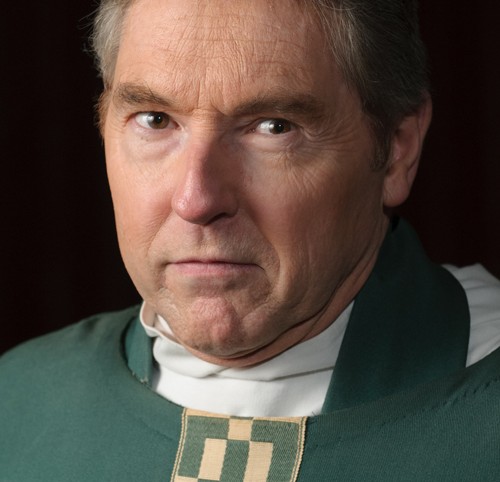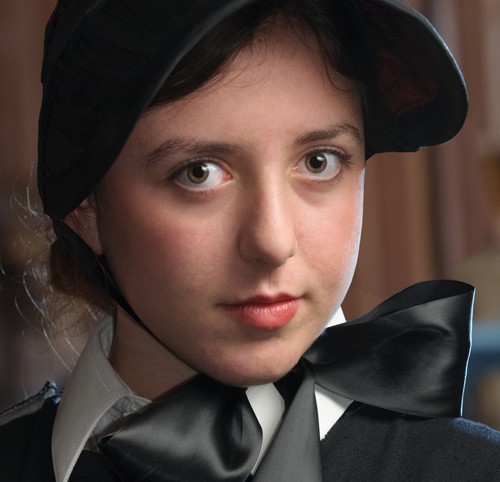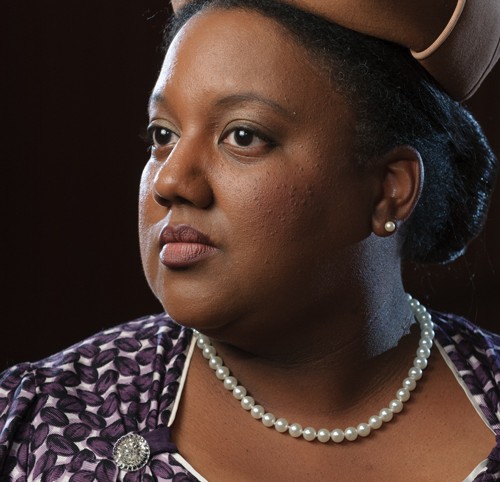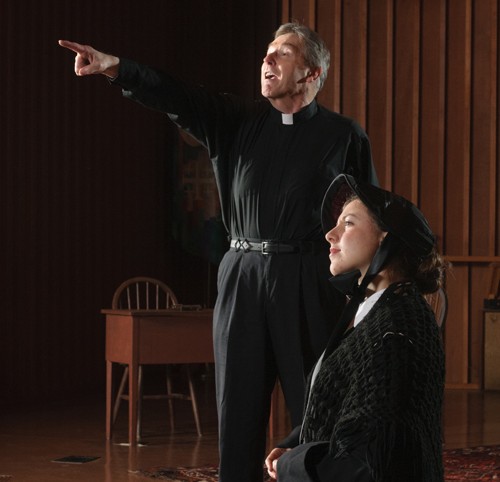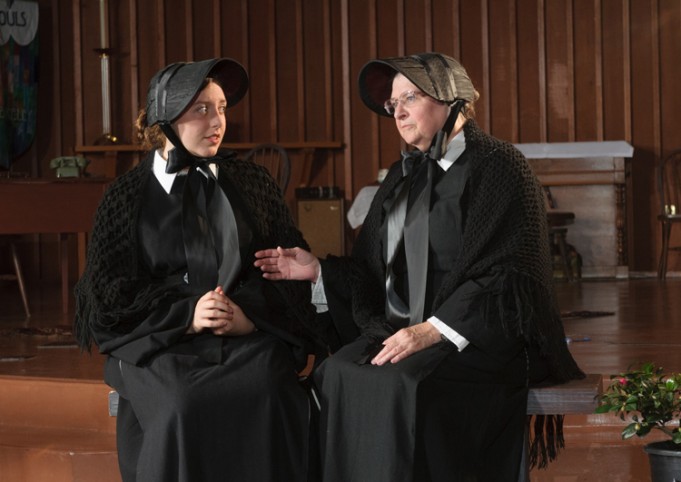 Presented at All Souls Parish, November, 2012
Presented at All Souls Parish, November, 2012
“We’ve got to learn to live with a full measure of uncertainty. There is no last word. That’s the silence under the chatter of our time.”
— J.P. Shanley
CAST (In order of appearance)
Father Brendan Flynn: Keith Jefferds
Sister Aloysius Beauvier: Cathy Thompson
Sister James: Charlotte Khuner
Mrs. Muller: Alexaendrai Bond
MUSICIANS
Christopher Putnam, Leslie Watson
CREW
Stage Manager: Margo Leslie
Lighting and Sound: Fred Lothrop, Margo Leslie, Martin Ortega, Dan Acland,
Costumes/Props: Billie Narver, Hallie Frazer
Set Change: Matt and Dan Thompson, Dan Acland, Ed Hofmann
Graphic Design: Jocelyn Bergen
Publicity: Jocelyn Bergen, Kelly Marston
Parish Administrator: Joy Shih Ng
Reception: Coordinators Margaret Sparks, Billie Narver
Sexton: Lonnie Cephas
PHOTOGRAPHER
Eliot Khuner
DIRECTOR’S NOTES
1964 was a legendary year in the history of the United States. On July 2nd, President Johnson passed the Civil Rights Act of 1964, prohibiting discrimination of all kinds based on race, color, religion or national origin, providing the federal government with the powers to enforce desegregation. That same month, Harlem race riots followed the shooting of 15-year-old James Powell by a white off-duty police officer. Riots soon spread to neighboring cities and made national coverage. The Black vote would not come for another year and the March to Selma had not yet occurred, but Bronx native Stokely Carmichael, with a degree from Howard University and member of the Freedom Fighters, was fast gaining national notoriety for his impassioned speeches against violence and segregation.
Life in the Bronx was rapidly changing. The creation of the federal highway system in the 1950s caused a rapid suburbanization of the country. As blacks began to migrate north in the 50s and 60s, along with non English-speaking immigrants, white populations left in droves and a welfare state was born, spawning the creation of large numbers of housing projects in the Bronx.
St. Nicholas School, run by the Sisters of Charity of New York, was a welcome oasis for urban youth and families, beset by the hopelessness of the times. Referred to as “the Cathedral” of the Bronx, it was still relatively safe from rapidly escalating crime.
The Roman Catholic Church itself was on the portals of change. In an effort to stabilize dwindling congregations and revitalize neighborhoods, parish priests were encouraged to become more personally involved with their congregations. This “revolution” inspired mixed feelings amongst the leaderships of individual parishes, paralleling the feelings of political and social unrest.
So in the Autumn of 1964, we are introduced to Sister Aloysius Beauvier and Father Brendan Flynn, proponents of opposite camps. And entering into their lives comes Sister James, a young nun with a foot in both worlds and Mrs. Muller, a young black mother, willing to sacrifice anything to ensure her son’s academic future and gain a ticket out of the world he would otherwise be doomed to live in: a world of drugs, violence, poverty, and humiliation.
What happens when the pathway to God…with all its good intentions…comes at the price of one’s soul? What is the truth? And what happens when community is not enough? Thus is birthed the parable.
– Hallie Frazer



